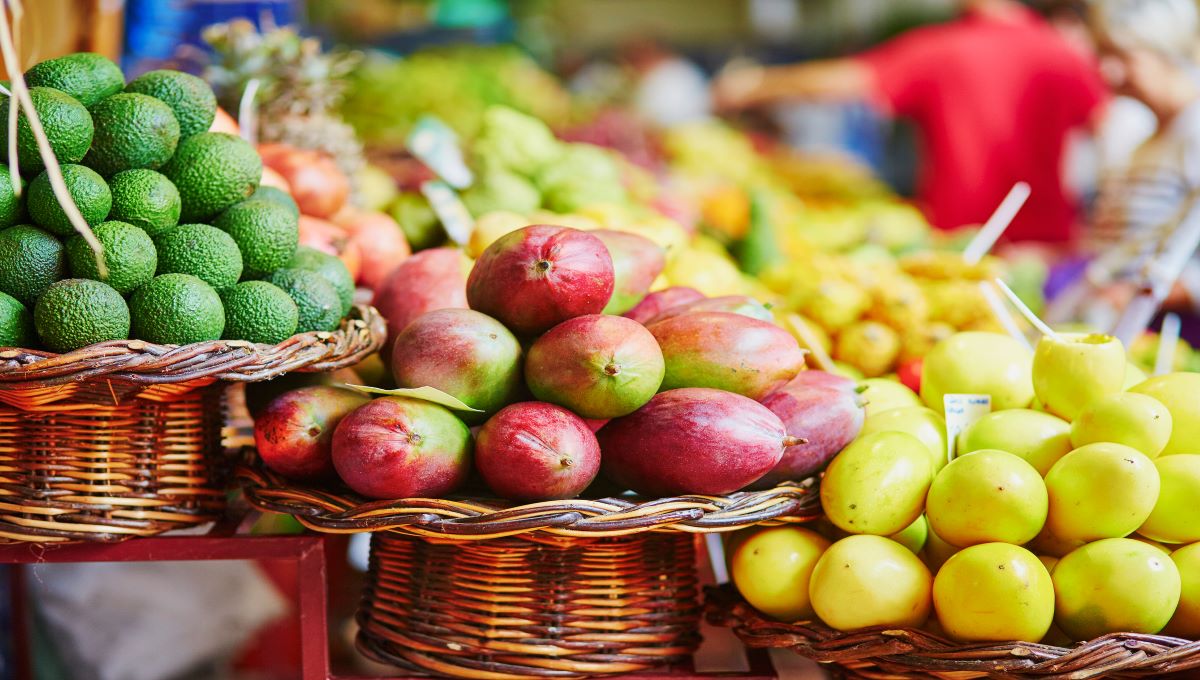The World Health Organization (WHO) has put forward five actions to mitigate the risks to public health in traditional food markets.
The steps are to keep clean; avoid contamination; keep food products safe; reduce contact with animals; and stay safe and protect yourself. They are based on the five keys for safer food which are to keep clean; separate raw and cooked food; cook thoroughly; keep food at safe temperatures; and use safe water and raw materials.
WHO is calling on authorities in member states to strengthen their regulatory basis to improve hygiene and sanitation standards in traditional markets. Such actions can reduce the risks of transmission and spread of zoonotic, foodborne, and emerging infectious diseases.
Potential problems
Traditional food markets, including wet and informal markets, differ from country to country but are common in the Asia Pacific. These markets play an important economic, cultural, and social role and are sources of livelihood for millions of people in urban and rural areas. Items sold include vegetables, fruits, dairy products, spices, fresh meat, fish and other seafood.
However, when not managed properly, they can be unsafe environments that pose serious health risks. The mixture of humans and animals, poor hygiene conditions, and the proximity of foods of animal and plant origin can create favorable conditions for the spread of diseases and entry points for contaminants, said WHO.
Drawbacks related to market infrastructure, poor access and provision of basic sanitation services, and inadequate cleaning are the main obstacles to maintaining food safety along the supply chain. Other issues include food handling, cross-contamination, and temperature control.
Enforcement of good practices is often a challenge as food inspectors are not always adequately trained plus inspection protocols and traceability systems, especially for meat products, are often weak or nonexistent. Many traditional markets are also at risk of flooding due to heavy rainfall.
The document provides guidance on the implementation of the five keys for safer food markets to guide market managers.
WHO regional offices in the Western Pacific and South-East Asia contributed to the work. Feedback was gathered from attendees at a meeting on risk mitigation in traditional food markets in September 2021 in Manila, Philippines.
Examples under the five points
As part of the keep clean point, WHO said to reduce the level of contaminants in the market, closure to perform deep cleaning and disinfection of all areas, equipment, and utensils needs to take place at least every two weeks. Attention must also be paid to waste disposal.
The second avoids contamination key suggests having a zoning system with separate areas for stalls selling raw food like meat, fish, and poultry from vegetables, dry food, and ready-to-eat foods. A different space should be used to sell live animals.
The third area advises using only products from reliable suppliers that are within their shelf life, with processed foods having clear labels and intact packaging. Chemicals should be stored away from food.
The fourth key covers pest control programs, animal health, and welfare. The final topic looks at preventing human-to-human transmission of diseases.
In related work, a WHO group on traditional food markets is meeting virtually from June 13 to 15. Experts will try to agree on the scope, key questions for developing guidelines to transform these markets, and definition of the work plan.
(To sign up for a free subscription to Food Safety News, click here.)

